Zancan
The top-selling artist on the Tezos blockchain shares highlights from his collection of green NFTs
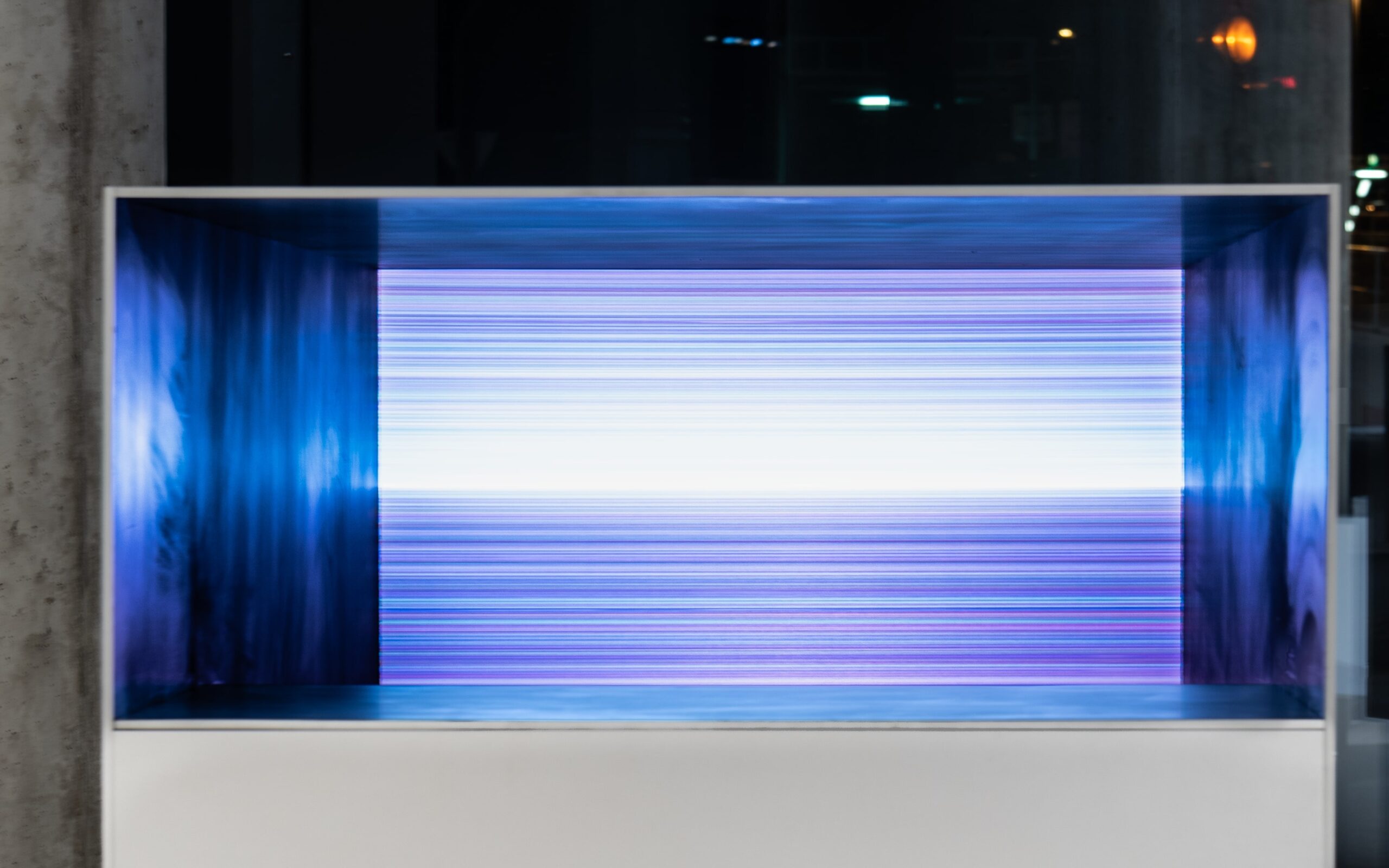
On September 8, the 0xCollection (pronounced “Hex Collection”) had its grand unveiling with a pair of exhibitions in Prague. Backed by Czech entrepreneur Karel Komárek, the Basel-based collection is headed up by director Elle Anastasiou and has an explicit focus on digital and new media art. The first major commission, Dvořák Dreams (2023) by Refik Anadol, was installed for a week in Jan Palach Square: the site of the concert hall where Antonín Dvořák conducted the first concert of the Czech Philharmonic in 1896. Meanwhile, at the Bořislavka Center, a group show featuring eight artworks from 0x, titled “Synesthetic Immersion,” is on view until October 16. Anastasiou spoke to Outland about the formation of the collection, the critical role that public exhibitions play within the program of acquisitions, and plans for the future.
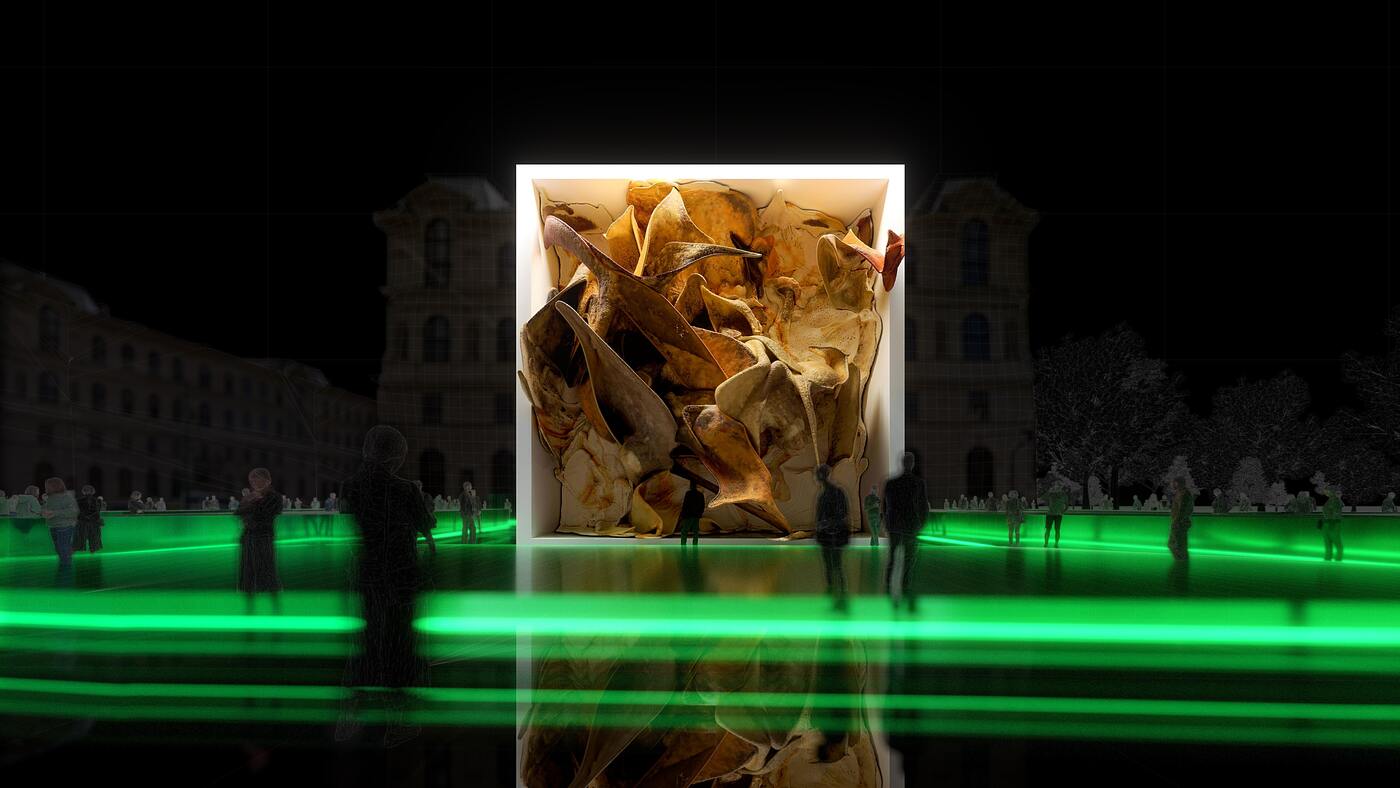
The 0xCollection started with a single acquisition. I was advising Karel Komárek on the purchase of a work by Refik Anadol that he had seen in a gallery in Berlin. During the acquisition process, we decided to commission a new work instead, which was a much more involved cultural and personal endeavor. That piece, developed over two years, became Dvořák Dreams (2023). Anadol trained his AI models on music and other data drawing on the legacy of the Czech composer Antonín Dvořák.
The work has a strong alignment with the principles of the 0xCollection, which is about the translation of cultural pasts and heritage into new media formats. We’re grounded in history but very much focused on digital art from the present, and its preservation for the future. We collect artists who are heavily active now, from blue-chip to emerging names. This allows us to have an active relationship with all of the artists.
From the beginning, the idea was to have an acquisition structure centered on exhibition and public display. I have worked in the art world for a long time, and I know how easy it is to sequester artwork into private spaces, without any regard for the public impact of the work. So each set of acquisitions will develop into a thematic exhibition, whether in a physical space like our opening show in Prague, or in the metaverse.
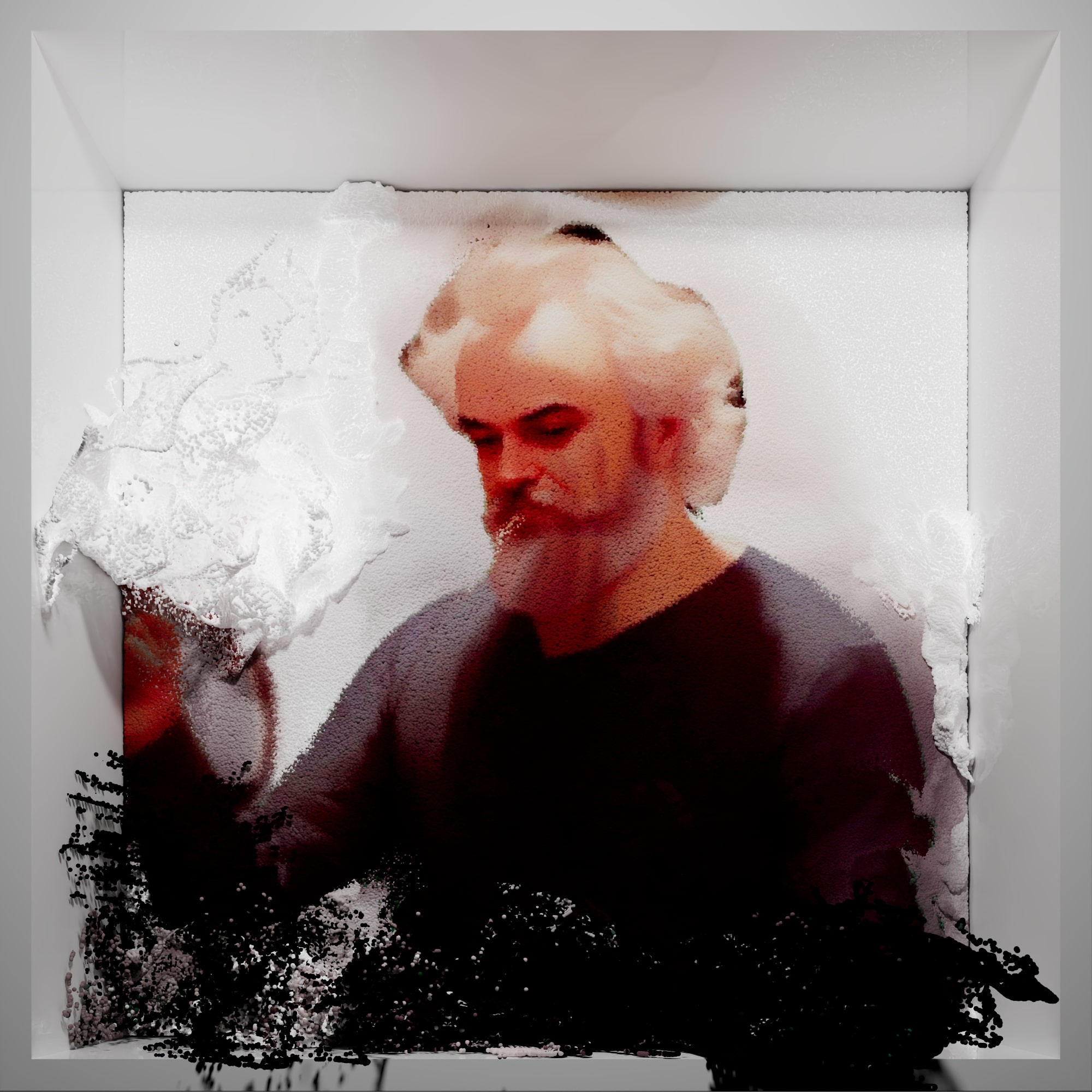
We don’t want to create a centralized institution but a network, one that facilitates dialogue and mentorship in the new media art space. There are not many institutions working on this proactively—although Ars Electronica and LAS Foundation are two examples of those that are doing interesting work. For us, what this means practically is that for each exhibition and corresponding acquisition set, we will bring in a different lead curator—either from a gallery or academic background—so they can bring their own perspective and expertise in the field. These curators will then be invited to join an emeritus board that oversees the collection’s future development.
Collectors aren’t always so aware of the challenges related to displaying new media art. Because of the technical specifications, the installation of the work tends to be more demanding than, for instance, hanging a painting on a wall. Also, we are constantly interfacing with digital screens in our daily lives, so people don’t always confer the same respect to screen-based artwork as they would to a canvas or marble sculpture. It can be easy to presume with video work that it can be played on a TV as you would a Netflix series—that you can mute it, pause it, add captions. A large part of my role at 0xCollection is being a custodian for the artworks, educating our team and audiences about the proper interfaces required to honor digital art.
For our first exhibition, “Synesthetic Immersion,” we took Dvořák Dreams as the starting point for an exploration of artworks that use technology to translate traditional art forms into the digital. We selected eight further artists whose works are each presented as a multisensorial experience—so the exhibition itself is a kind of decentralized network of perspectives that the visitor can enter.
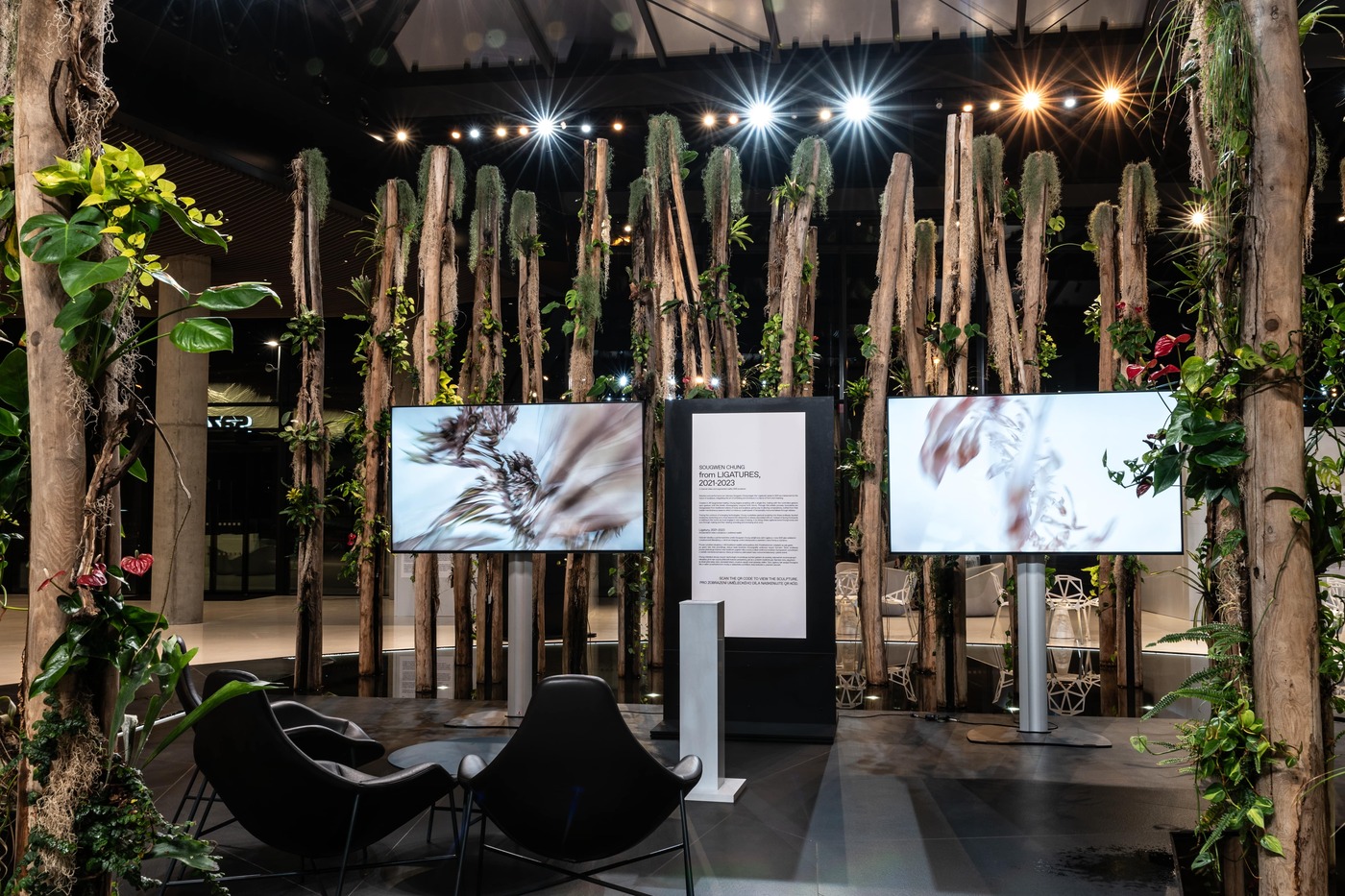
For instance, we have three works from Sougwen Chung’s Ligatures series (2021–23), made using the latest in VR-based sculpting tools. The works are translations of the artist’s kinetic movement and choreography into sculptural forms. We are showing two of the pieces on screens and the other in AR, so you have to move your body in a mirrored choreography in order to view the work. This a truly interesting example of how new media creates new ways of seeing, new forms of immersion.
Transient Suite #B (2020) by Quayola translates music into painting, using custom algorithms to synchronize compositions on two motorized pianos with real-time video in what he calls an “audio-visual concert.” An earlier work, Carsten Nicolai’s Aoyama Space (model for a performance of light and sound) from 2009 is based on the artist’s memory of a photo studio in the Aoyama district of Tokyo, which he has encapsulated in an aluminium structure holding electronic components that produce light and sound. Nancy Baker Cahill’s the quivering and lively nerve of the now (2023) is a three-part film in response to Clarice Lispector’s Água Viva, featuring an aural collage of sentences from the experimental 1973 novel.
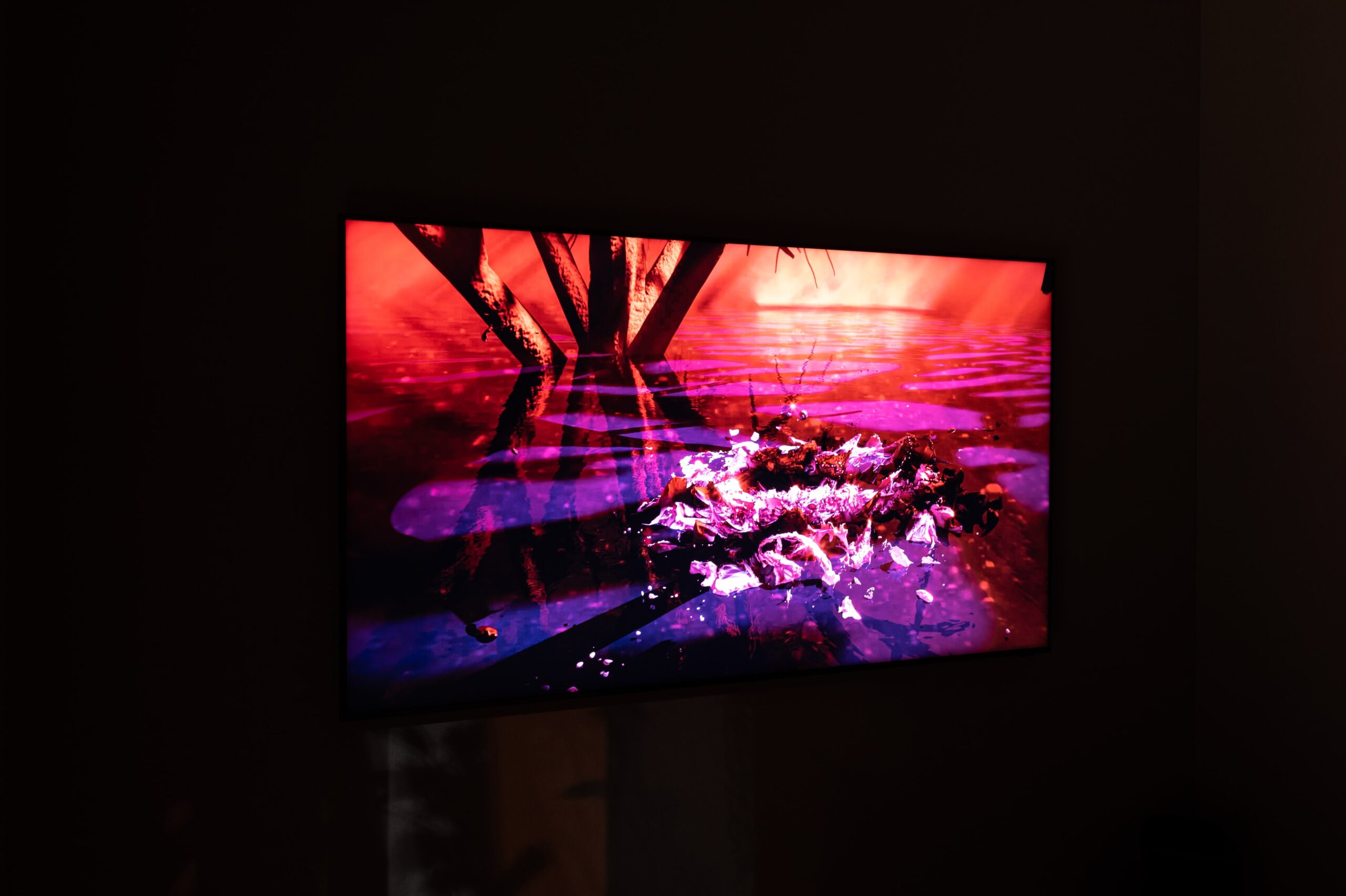
A number of the artists in the exhibition, including Baker Cahill and Anadol, have minted their work on blockchains. Given how difficult it has been historically for digital artists to expand their markets, I do think this is a valid approach. The huge surge of interest in the field during the boom of 2020 to 2022 was also an immense net positive. Yet, I question how effective the crypto art movement thus far has been long-term in lifting the value of new media as a whole. There is great scope for further development of the role that blockchains play within digital art.
Within the 0xCollection, I hope we will have the opportunity to explore crypto art further over the coming years. I would be interested to look at work that treats blockchain as an artistic medium—to explore the nature of financial transactions as a form of artistic experience, for example. We are also currently planning a show about personhood in the context of artificial intelligence and robotics, which explores another critical cultural moment of the now: the rise of machine learning. While artists have been exploring these ideas for decades, they are particularly culturally relevant today.
The space where we are showing the collection in Prague isn’t permanent. We’re currently working on a metaverse museum, which would be both accessible in XR and through a browser-based platform. But someday in the future, hopefully soon, I look forward to announcing a permanent physical space, too.
—As told to Gabrielle Schwarz.
